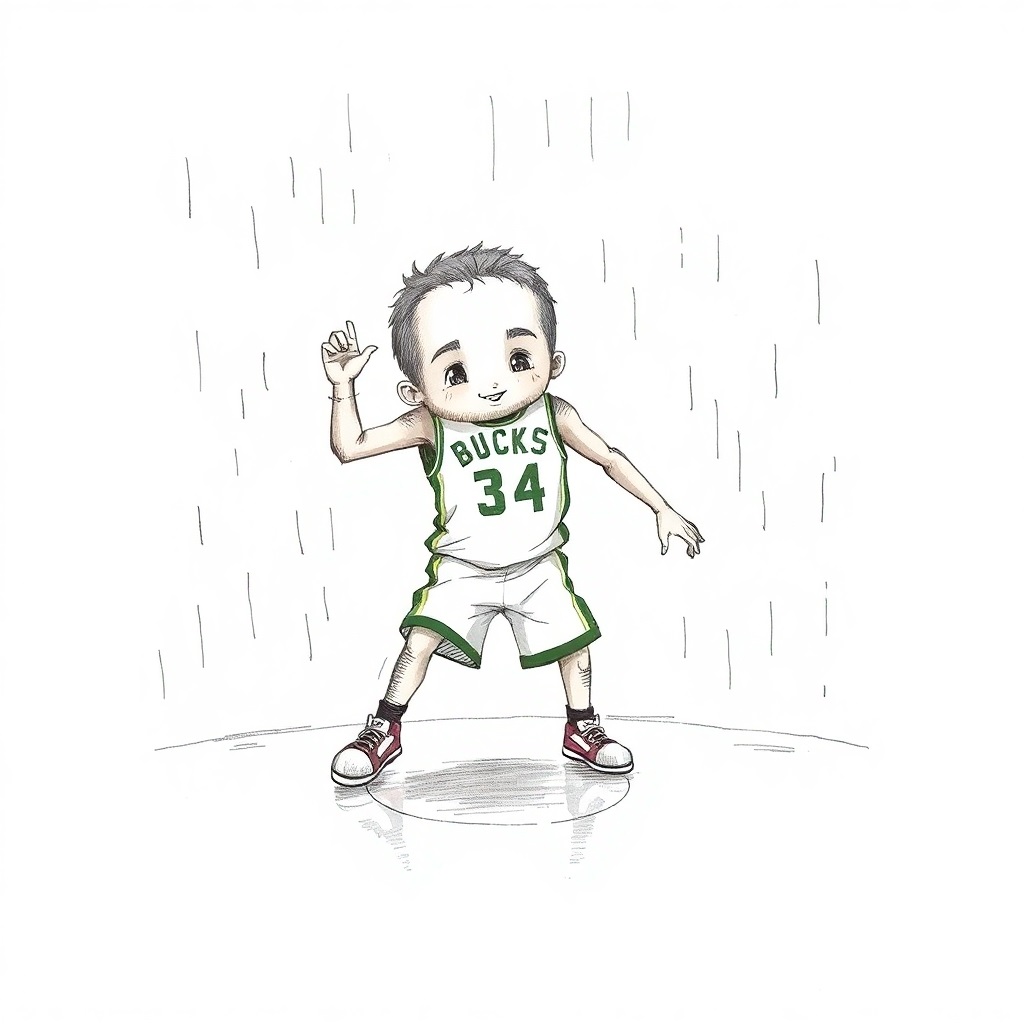Isaiah Hartenstein’s strong performances against Giannis Antetokounmpo regardless of what team he plays on can be attributed to a combination of his physical attributes, defensive versatility, and basketball IQ, which align well with the challenges of guarding a player like Giannis. Hartenstein, standing at 7 feet with a solid frame, has the size and strength to at least contest Giannis’s drives to the basket, even if stopping him entirely is a tall order for anyone. His length and mobility allow him to stay in front of Giannis on some possessions, forcing the two-time MVP to work harder for his points. His familiarity with Giannis, having faced him multiple times across different teams (Rockets, Knicks, and now Thunder), might also play a role, giving him insight into tendencies and how to counter them. In other words, Giannis is pretty predictable and it no longer takes a “wall” to stop him, just one defender with higher IQ than him. Which isn’t hard to find!
First, Giannis’s reliance on driving and rim pressure can be mitigated by Hartenstein’s size and rim protection. Giannis thrives when he gets a runway to the basket, using his speed and Eurostep to blow by defenders in easy matchups or when they don’t care. But Hartenstein, at 7 feet with a 7’2” wingspan, clogs the paint effectively. Giannis, who takes over 50% of his shots in the restricted area, can find his usual efficiency in easier games dip when Hartenstein meets him at the rim or forces him to settle for contested mid-range pull-ups—where Giannis shoots just 39% this year. Again tonight he was pathetic from mid range, that was a marketing myth created in an easy game stretch.
Second, Giannis’s outside shooting remains a work in progress. His three-point percentage hovers around 28% for his career, and this season it’s even lower, yet another thing that has got worse in Giannis’ game. Hartenstein, like many smart defenders, can sag off Giannis beyond the arc, daring him to shoot while staying positioned to contest drives. Giannis often passes up those open looks or misses them, reducing his scoring versatility against a disciplined big who doesn’t overcommit.
Third, Giannis’s playmaking can be disrupted by Hartenstein’s high basketball IQ. Hartenstein reads passing lanes well and uses his length to tip or intercept Giannis’s kickouts to shooters, especially in help defense. Let’s face it, Giannis is a terrible passer, in fact the worse in the league most seasons. This forces Giannis into tougher decisions—either take a lower-percentage shot or risk a turnover.
Giannis’s game thrives on physical dominance, but Hartenstein’s strength and low center of gravity make it harder for Giannis to bully his way through. Unlike smaller defenders Giannis can overpower or slower bigs he can outrun, Hartenstein’s blend of agility and mass lets him body up without fouling as much—Giannis averages fewer free-throw attempts in some of these matchups (e.g., 8.6 FTA vs. Hartenstein’s teams recently compared to his season average of 11.3).
Hartenstein’s physical tools and the Thunder’s top-ranked defensive scheme (allowing just 103.1 points per 100 possessions) amplify the impact of Giannis’s many limitations—like his inconsistent jumper and predictability—making those games feel like more of a grind for him.

Leave a Reply